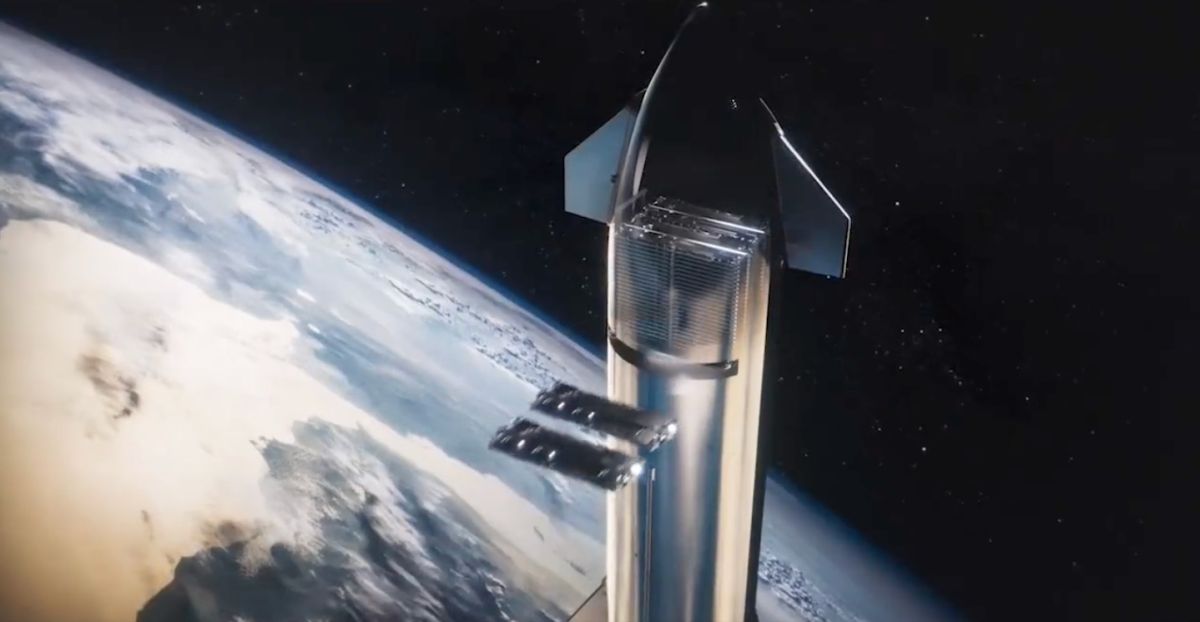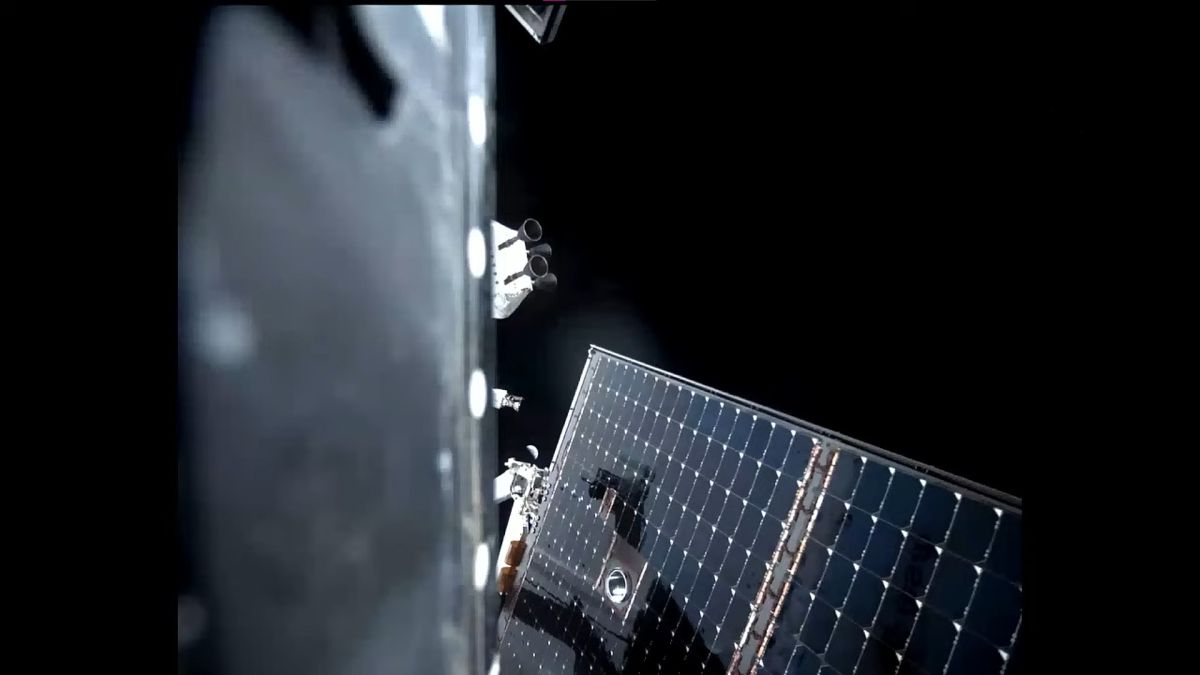The U.S. Air Force has a new stealth bomber: Meet the B-21 Raider. Officials with the U.S. Air Force and aerospace company Northrop Grumman unveiled the newest aircraft in the U.S. fleet late Friday (Dec. 2) in a ceremony webcast live online from the Edwards Air Force Base in California. The new bomber, built by Northrop Grumman, will be the backbone of the Air Force’s bomber fleet once it enters service in a few years. It will also offer the first look at what are sure to be next-generation aerospace capabilities…
Read MoreMonth: December 2022
NASA astronauts deploy roll-out solar array while spacewalking outside space station
Two NASA astronauts helped augment and restore power to the International Space Station (ISS) during a seven-hour spacewalk on Saturday (Dec. 3). Expedition 68 crewmates Josh Cassada and Frank Rubio deployed a new roll-out solar array and bypassed a short in one of the station’s eight power channels on their second spacewalk together in as many weeks. The two completed all of the tasks set out for them by flight controllers, working right on schedule throughout the 7-hour, 5-minute extravehicular activity (EVA) outside the International Space Station. “We’re only efficient…
Read MoreMars at opposition will meet up with the full moon next week (Dec. 7). Here’s how to see it
Every once in a while, something will appear in the sky that will attract the attention of even those who normally don’t bother looking up. It’s likely to be that way in the evening hours of Wednesday (Dec. 7) when the full moon will appear in very close proximity to the now-brilliant planet Mars. In fact, the moon will turn full at 11:08 p.m. EST (0408 GMT on Dec. 8) followed by Mars arriving at opposition to the sun just 87 minutes later. This will result in an almost perfect…
Read MoreSpaceX gets permission to deploy 7,500 next-generation Starlink satellites
SpaceX just got permission to begin building out the next generation of its Starlink internet megaconstellation. On Thursday (Dec. 1), the U.S. Federal Communications Commission (FCC) approved SpaceX to deploy 7,500 Starlink 2.0 satellites in low Earth orbit. “Our action will allow SpaceX to begin deployment of Gen2 Starlink, which will bring next-generation satellite broadband to Americans nationwide, including those living and working in areas traditionally unserved or underserved by terrestrial systems,” FCC officials wrote in Thursday’s decision order, which you can find here (opens in new tab). “Our action…
Read MoreNASA Sets Coverage of Orion’s Historic Moon Mission Return, Splashdown
NASA will provide live coverage of the Artemis I uncrewed Orion spacecraft’s return flyby of the Moon on Monday, Dec. 5, as well as its return to Earth on Sunday, Dec. 11.
Read MoreWatch 2 NASA astronauts conduct spacewalk on Saturday
Two NASA astronauts will conduct a spacewalk Saturday (Dec. 3) to install new solar arrays on the International Space Station (ISS), and you can watch the action live. Josh Cassada and Frank Rubio are scheduled to step outside the ISS at 7:25 a.m. EST (1225 GMT) Saturday on a spacewalk expected to last up to seven hours. Watch it live here at Space.com, courtesy of NASA, or directly via the agency (opens in new tab). Coverage begins at 6 a.m. EST (1100 GMT). Cassada and Rubio will install a new…
Read MoreSpace Station Science Highlights: Week of November 28, 2022
Crew members aboard the International Space Station conducted scientific investigations during the week of Nov. 28 that included examining bone loss in microgravity and studying the mechanisms of suturing and wound healing in space.
Read MoreHubble Spies Emission Nebula-Star Cluster Duo
This whole collection is NGC 1858, an open star cluster in the northwest region of the Large Magellanic Cloud, a satellite galaxy of our Milky Way that boasts an abundance of star-forming regions. NGC 1858 is estimated to be around 10 million years old.
Read MoreNASA’s Artemis 1 Orion spacecraft leaves moon’s orbit to head home
NASA’s Artemis 1 Orion spacecraft is coming home. The uncrewed Orion spacecraft successfully completed a lunar departure burn on Thursday (Dec. 1) to begin heading home after successful moon orbits. The burn began at 4:54 p.m. EST (2154 GMT) and lasted just under two minutes, according to NASA Television commentator Shaneequa Vereen. “Orion has had a successful and nominal, 1 minute and 45 second, distant retrograde orbit departure burn,” Vereen announced during the agency’s broadcast of the burn. The spacecraft’s solar panels could be seen gently rocking back and forth…
Read MoreMeteorites reveal how they brought space water to Earth
Space rocks that fall to Earth are ancient time capsules, and scientists who merged two imaging techniques may be able to tell us if and how they brought water to Earth. Meteorites are shards that have broken off of larger objects such as comets or asteroids, and it is thought that asteroids and comets from the outer reaches of the solar system may have left water on nascent Earth after impact. To find out whether they really did carry over water from beyond our planet, a research team from the…
Read More
